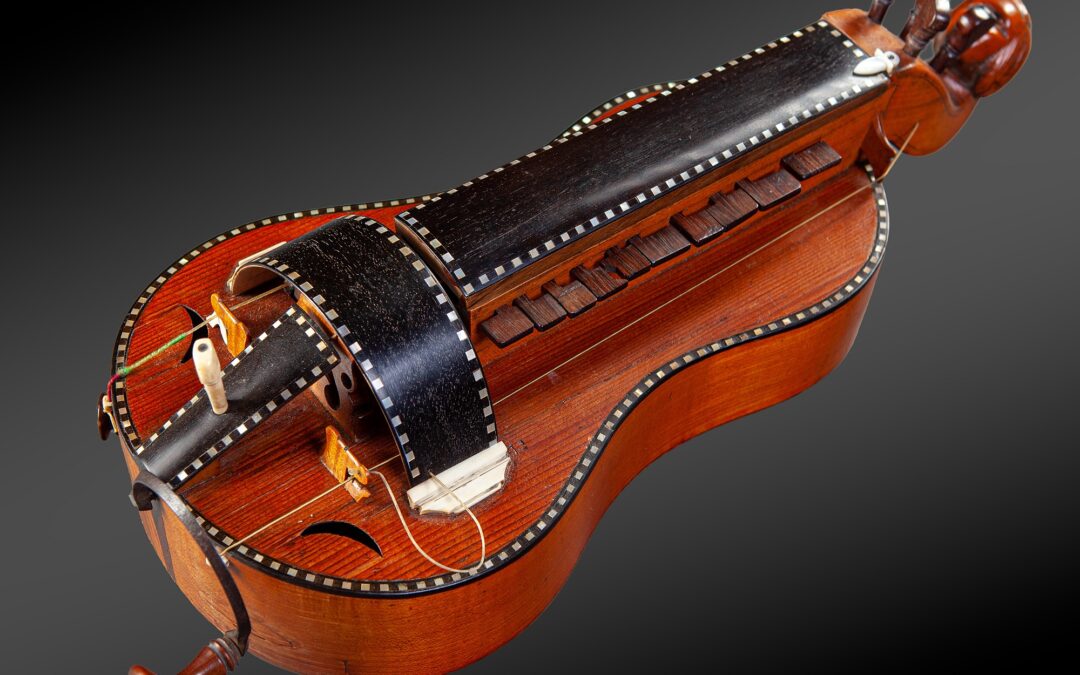
by mreichstadt | Nov 26, 2023 | Cordes-en
CHILD HURDY-GURDY Mirecourt 19th c. Flat body so-called “guitar hurdy-gurdy” whose body, in maple, is varnished in a honey color, as well as the spruce top. The pegboard, also in maple, is fitted with four rosewood pegs. The keyboard, wheel cover and tailpiece are...
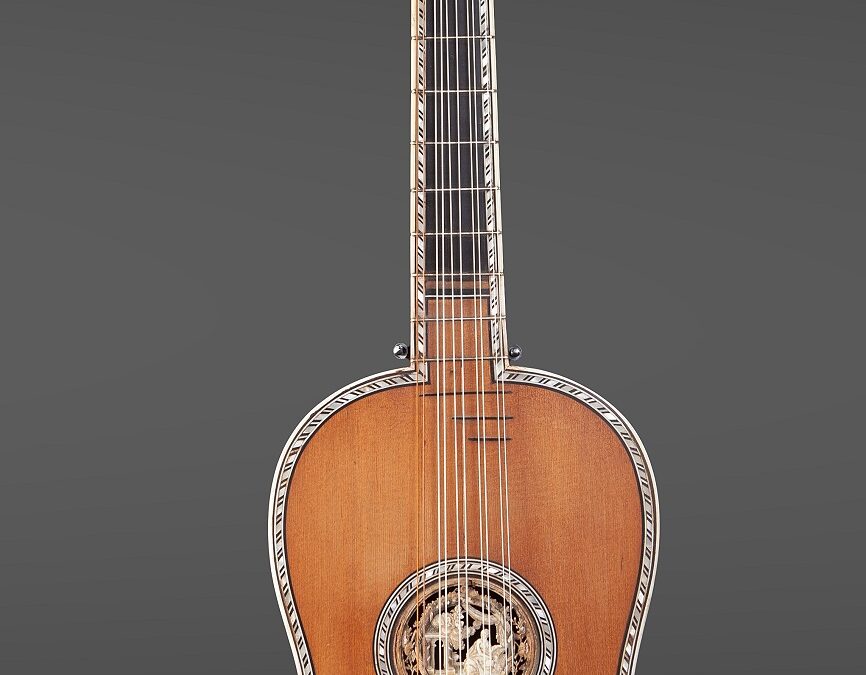
by mreichstadt | Nov 26, 2023 | Cordes-en
GUITAR by Sébastien Renault in Paris 18th century. Sébastien Renault (Paris, 1750-1829) was received as master luthier on June 27, 1777, the same day as his colleague François Chatelain. The two luthiers each had a personal workshop and then they joined forces around...
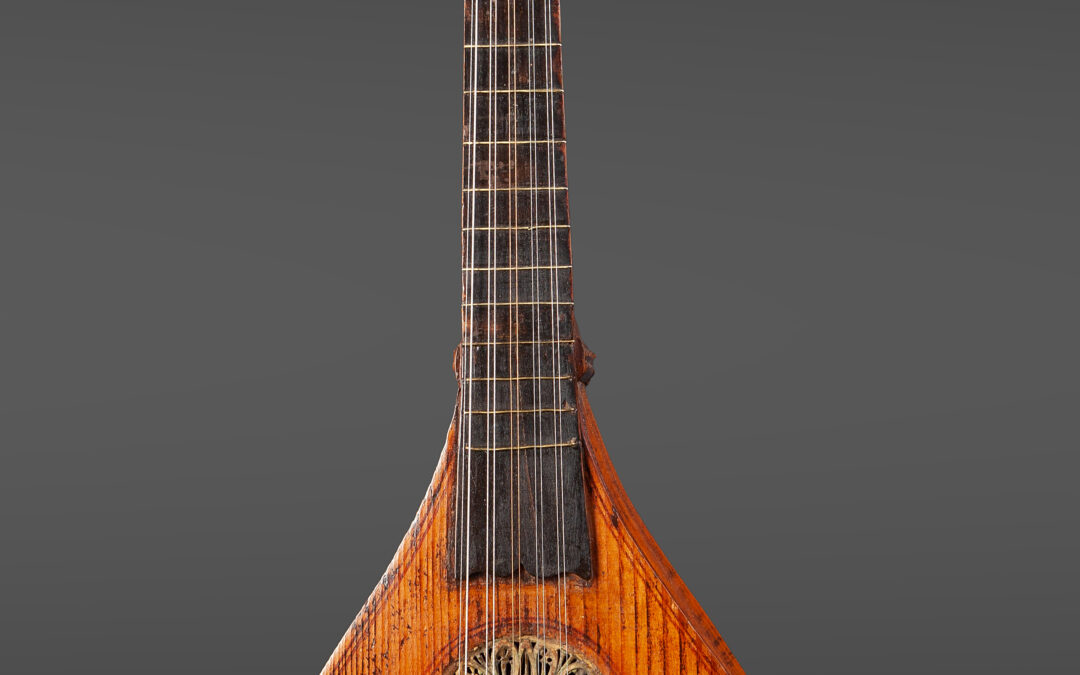
by mreichstadt | Nov 26, 2023 | Cordes-en
CISTER Germany, 17th – 18th century. Five-course cittern probably from Thuringia, based on certain making elements such as the mounting of the neck, the shape of the head coat of arms and the choice of wood. The protruding parts on the back of the pegbox bear...
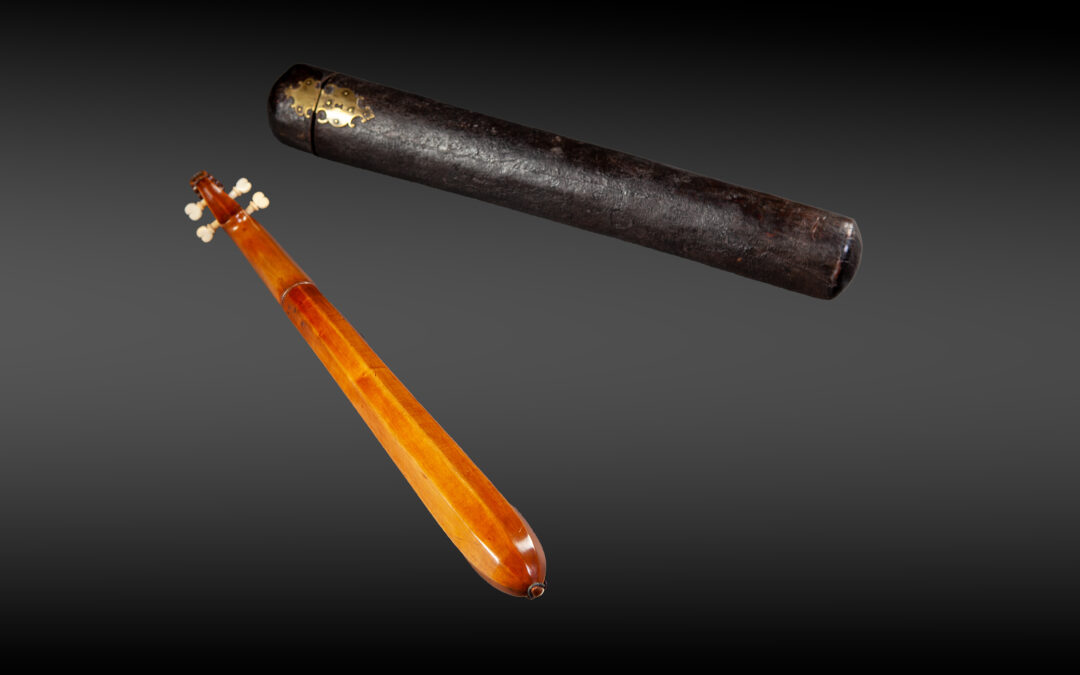
by mreichstadt | Nov 26, 2023 | Cordes-en
KIT Louis Guersan, Paris 1737. Before being made and presented in the 19th century as masterpieces, the kits were used by dancing masters to set the rhythm and nuances during their lessons. Louis Nicolas Guersan, 1700-1770, received maître luthier on February...
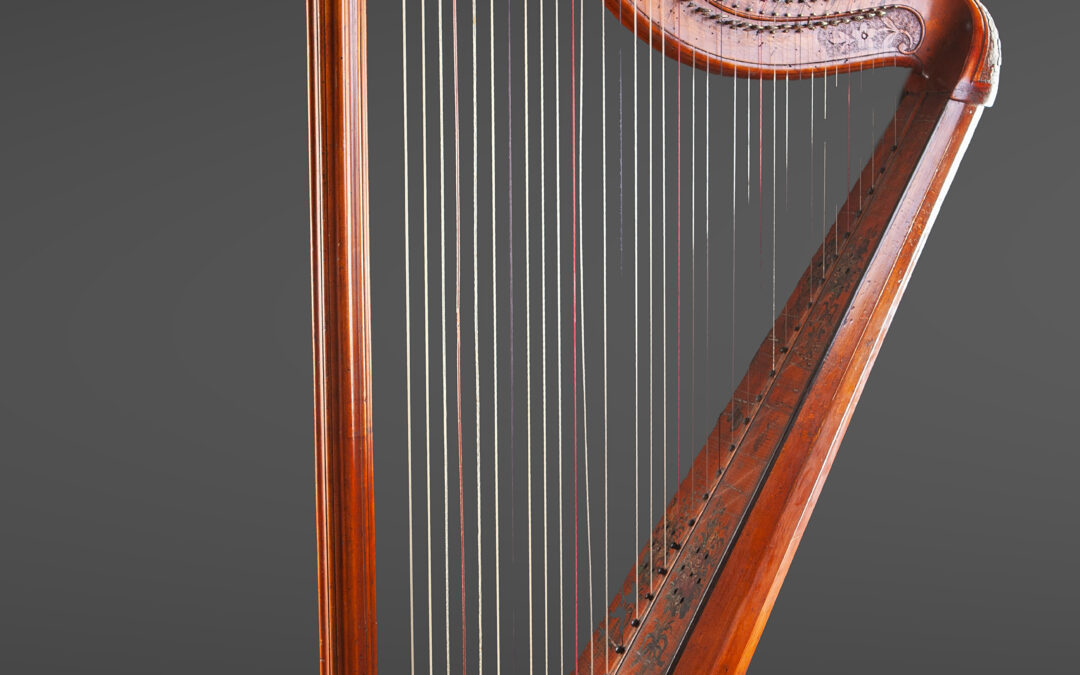
by mreichstadt | Nov 26, 2023 | Cordes-en
HARP DELEPLANQUE DELEPLANQUE, 18th century. Gérard Joseph Deleplanque, Lille (1723-1784) is the son of a musician. He learned sculpture, obtaining mastery in his hometown before setting up as a luthier there. It is famous for the manufacture of guitars and...
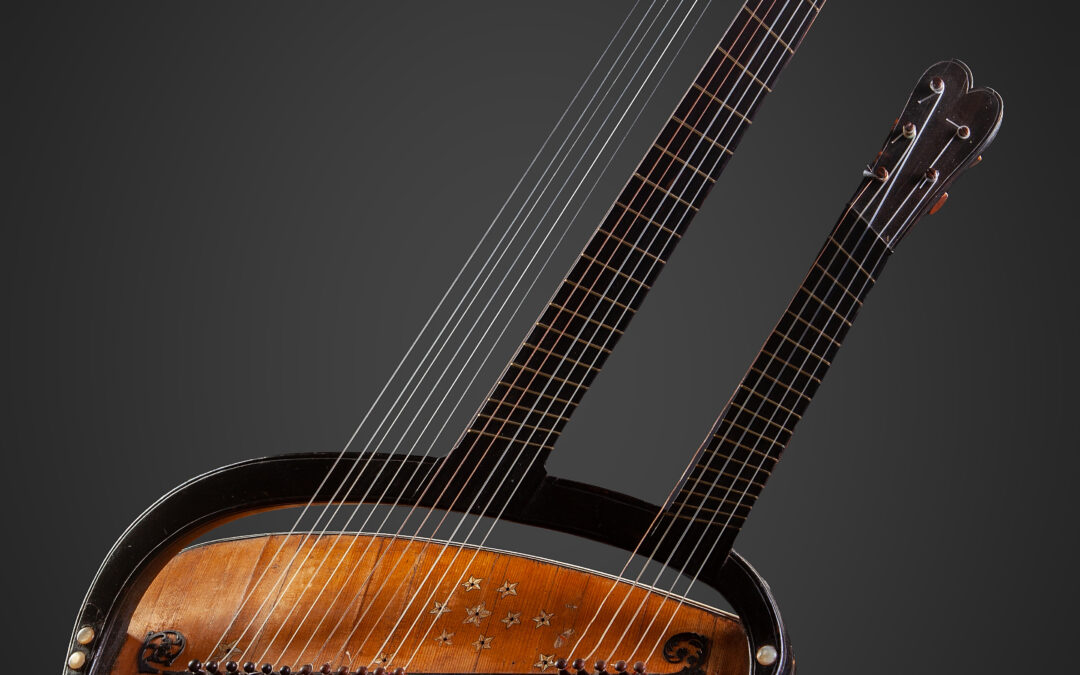
by mreichstadt | Nov 26, 2023 | Cordes-en
HARPEKENNE JOSEPH VAN DER LIST (1738 – 1812) We still know little about this Flemish or Dutch luthier based in Paris. Archival research tells us that he was a maker of musical instruments in the Faubourg Saint-Antoine at the time of his marriage in Paris on...






